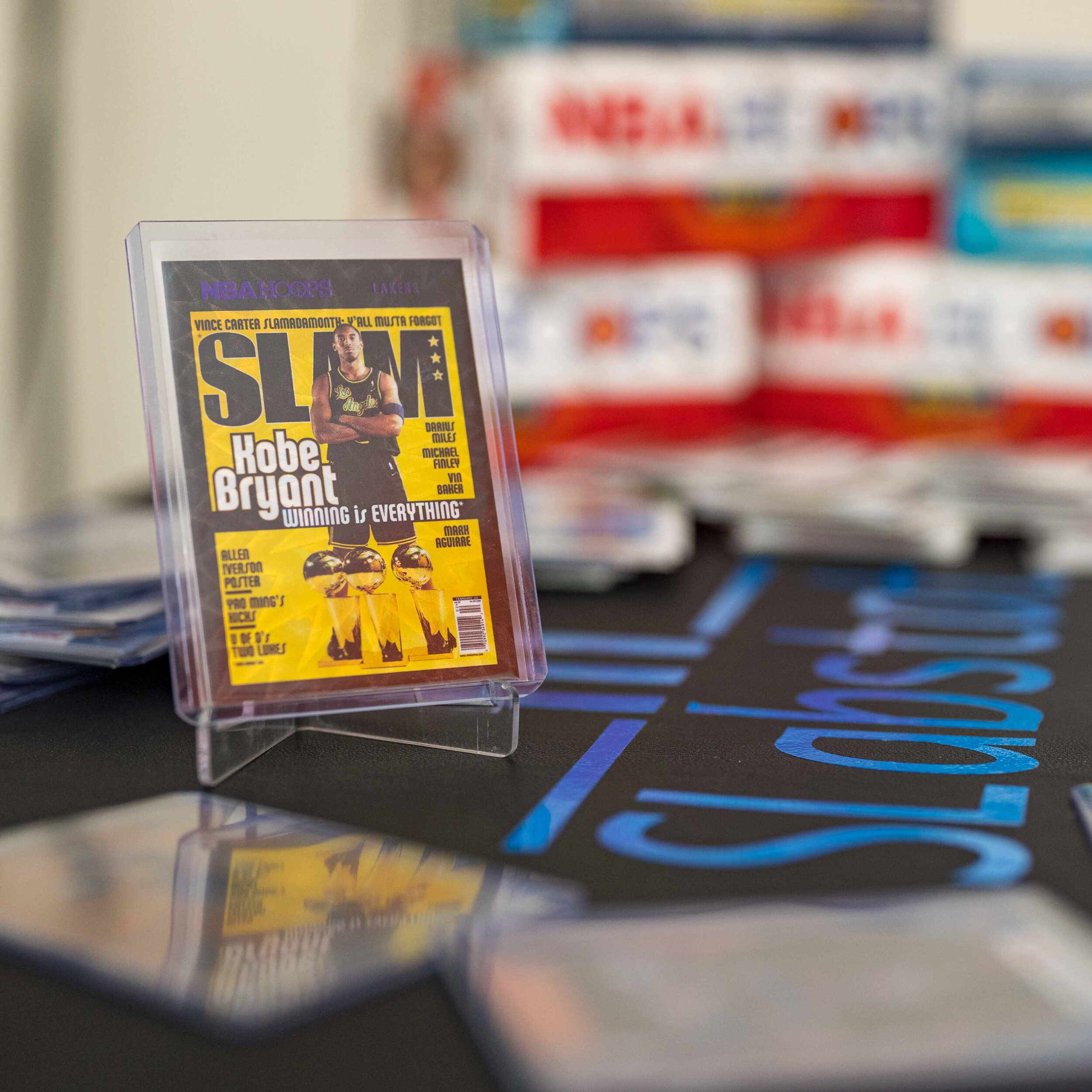Breaker Culture: Sizing Top Loaders Correctly
Jesse Haynes
Have you ever shopped for a pair of jeans? Sure, it might sound like a simple task, but if you get in the thick of things, it’s a lot.
What style do you want? Choose between boot cut, athletic cut, straight cut, skinny fit, skinny-athletic-boot cut, and more. You get the picture.
As a sports card breaker, using your top loaders is the same way: it sounds like it should be easy, but it turns out, there’s a lot of different top loaders. It’s not a one-size-fits-all process.
In today’s post, we’ll talk about the pros and cons of using top loaders correctly, plus info about the different thicknesses and how to effectively use them.
Reasons to Use a Top Loader Correctly
You’re a sports card breaker armed with the best software, a great spirit, and lots of enthusiastic buyers excited to watch you break.
But you also know that getting through the break is only half the battle. While your customers expect a good breaking experience, they also expect to receive the cards in pristine condition. After all, the cards are the product for which they paid.
One of the leading causes of card damage is ineffective top loader use. Some breakers try to skip out on buying various sizes of top loaders to keep the costs down, but that is a risky move for your cards and your business.
You should always use a top loader correctly to ensure that it holds cards in place, keeps the corners safe, and doesn’t damage the surface of the card.
But what is “correctly?”
Put the card in a penny sleeve and then gently slide it into the appropriate-sized top loader. If you’re shipping the card, put that in a team bag—or at least put a piece of painter’s tape across the top of the top loader. You don’t want it to slip out and bend while in transit!
What could go wrong with top loaders?
If you don’t use a top loader correctly, a lot can go wrong.
If the top loader is too big for the card, the card might slight out and get damaged during shipping. Or, alternatively, it might jostle around inside the top loader and damage the edges and corners.
On the other hand, if you try to cram a card into a top loader that is too small for the card, you’re going to risk getting it bent, scratched, or damaging the corners. Even if you accomplish the tight squeeze, your buyer might damage it while getting it out. Can you guess who’s fault that would be?
To avoid any risks of unhappy buyers, just take the extra steps to get appropriately -sized top loaders. It isn’t hard—just a little extra time and money.
What are the sizes of top loaders?
BCW Supplies is the industry leader when it comes to top-loader manufacturing and other card supplies. They make eight standard size top loaders.
And when talking about top loaders, note that they are measures in “points.” Each point is 1/1000 of an inch (or 25.4 mm).
With that in mind, the sizes—from narrow to thick—are 20, 59, 79, 108, 138, 197, 240, and 360-point.
When it comes to the sizes, there aren’t any concrete absolutes: no “all base cards are size X” and “all jersey cards are size y.”
That said, you can expect most base cards to fit in a 59-point top loader. In fact, when you think of sports cards, you’re probably thinking of that size.
That said, some high-end products make thicker base cards. They’re not as thick as memorabilia cards, but thicker than the average base. Those will go in a 79-point top loader.
A standard jersey card, typically, will go into a 108-point top loader for a great fit, and a “prime” jersey card or patch card will usually be a 138 point top loader.
Super thick cards—perhaps National Treasures or the like—might fight in either a 197 or 250. It depends on the card and the type of memorabilia.
As for the 360 point, that can come into use when you card an extra thick memorabilia piece (like a cleat card, for instance) or if you want to carry around your favorite unabridged copy of Moby Dick.
Just remember, if you’re in any doubt when it comes to selecting the size of your top loaders, it is always better to pick one that fits a bit too loose than too tight. If you have a loose fit, just be sure to tape the top loader closed.
The best news: There’s a tool for this!
Did you read the top loader size guide and think, “Wow, that’s a lot?”
If so, you’re 100% correct. It is a lot, and it can be a bit overwhelming.
Thankfully, the odds are you probably will be able to get by with only 59, 79, and 108-point top loaders in your early days of breaking unless you’re really chasing some big hits and high-end products. If anything, it could be smart to have some 138-points on hand—it’s something you’d rather have and not need than need and not have.
But here’s the best news, yet. There’s a very useful tool made by BCW that you can print on standard-sized paper. It will show you exactly how thick your card is, and you can download it right here.
This will make your process of card sizing a lot more convenient and take you one step closer to being an expert breaker.


